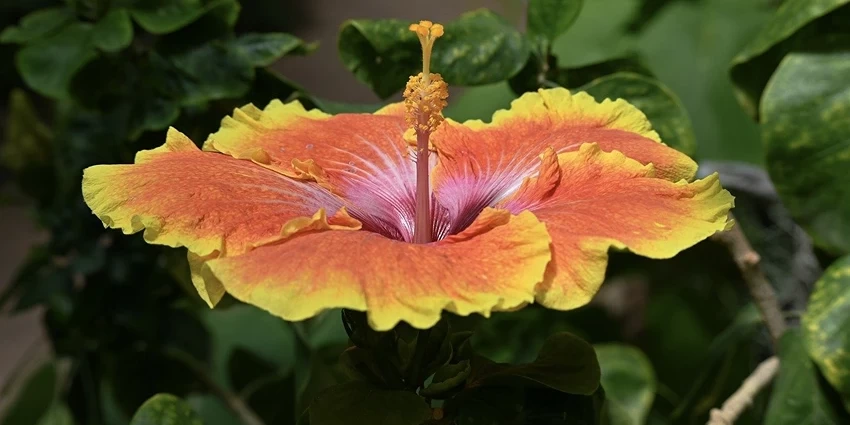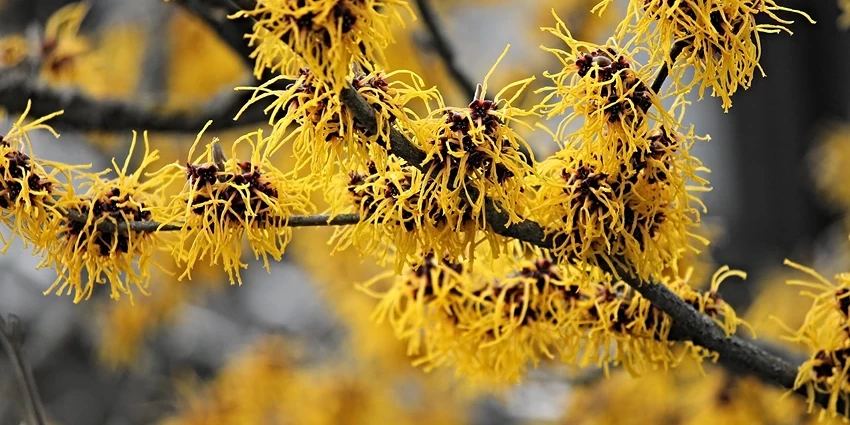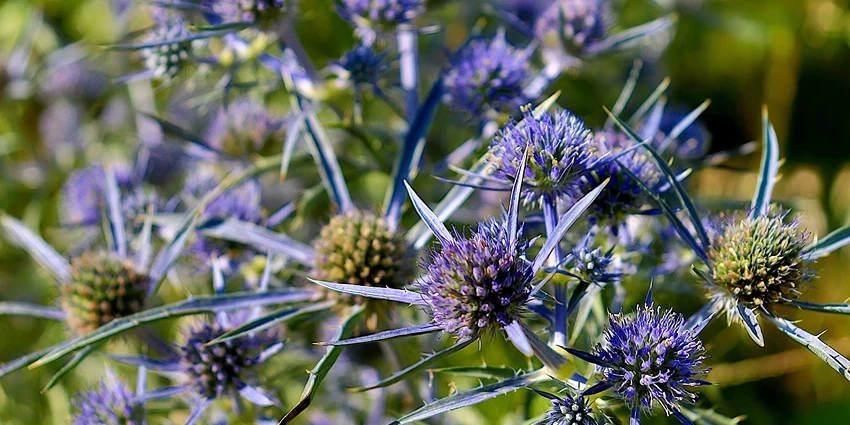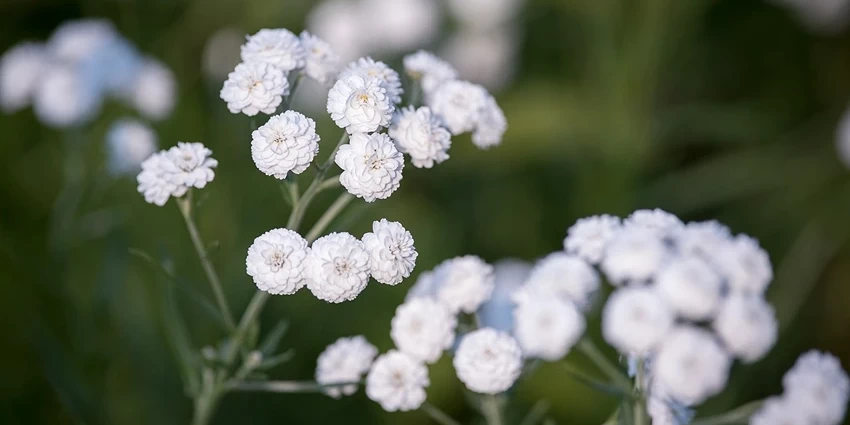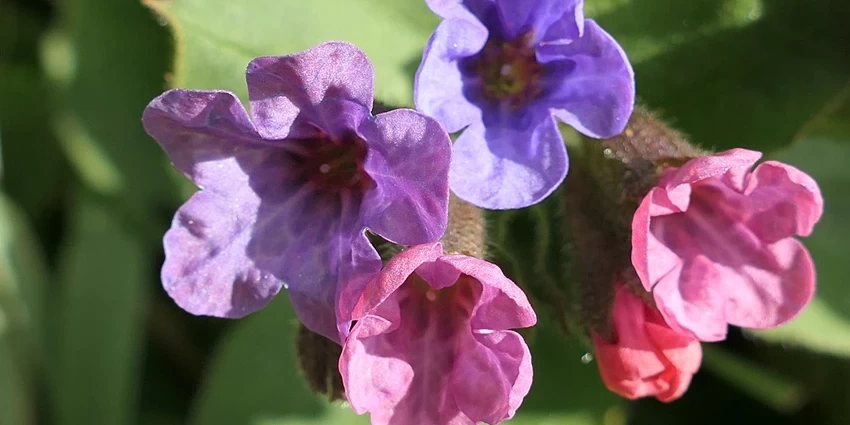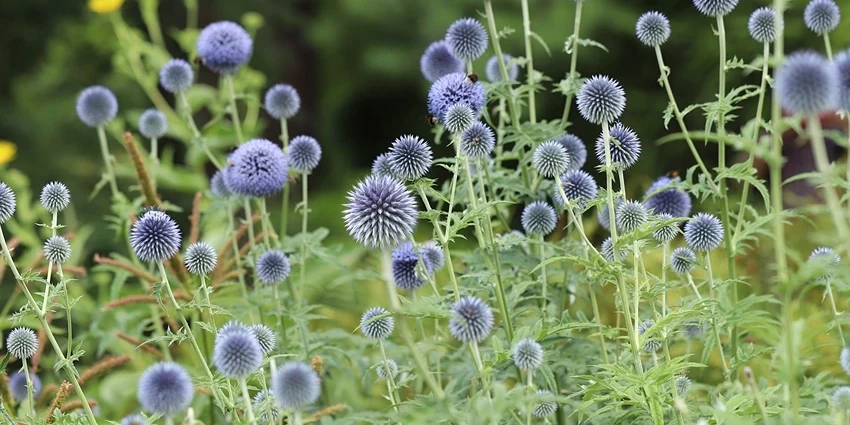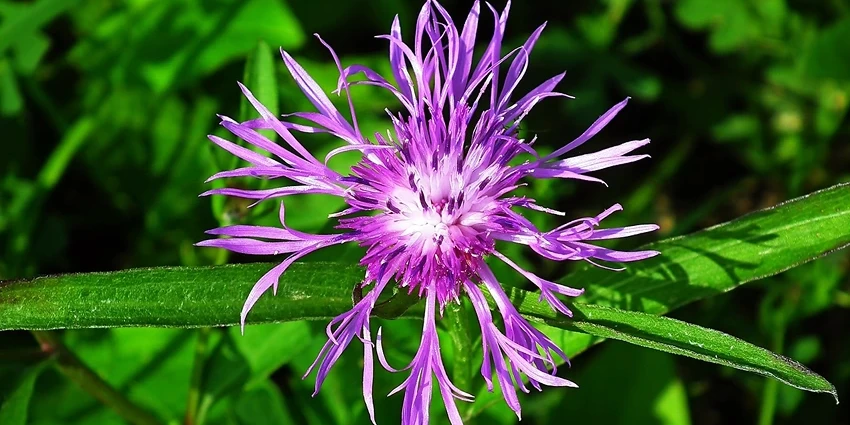All products were chosen independently by our editorial team. This review contains affiliate links and we may receive a commission for purchases made. Please read our affiliates FAQ page to find out more.
Home » Types of Plants » The Vibrant World of Hibiscus spp. in the Malvaceae Family
Latin Name
Hibiscus spp.
Most Commonly Used Where
Gardens, tropical areas
Family
Malvaceae
Hibiscus spp., a dazzling member of the Malvaceae family, is more than just a pretty face in the world of flora. With its trumpet-shaped blooms and a spectrum of colors, it’s a plant that doesn’t just sit quietly in the corner of your garden. Whether you’re a seasoned gardener or a curious newbie, diving into the world of Hibiscus spp. is like opening a door to a realm of vibrant colors and fascinating botany.
| Jan | Feb | Mar | Apr | May | Jun | Jul | Aug | Sep | Oct | Nov | Dec | |
|---|---|---|---|---|---|---|---|---|---|---|---|---|
| Plant | ✓ | ✓ | ✓ | |||||||||
| Harvest | ✓ |
Register for our latest in-depth reviews and product round-ups from the experts.
Enter your email address below to receive our monthly review emails.
By entering your details, you are agreeing to our terms and conditions and privacy policy. You can unsubscribe at any time.
Key Takeaways
- Hibiscus spp. is a diverse and vibrant plant species within the Malvaceae family.
- They offer a range of botanical characteristics, from physical appearance to species variety.
- Understanding their cultivation and growth requirements is key to a thriving Hibiscus plant.
- Hibiscus spp. has various uses and benefits, from medicinal properties to culinary applications.

Introduction to Hibiscus spp.
Hibiscus spp., belonging to the Malvaceae family, is not just a single plant but a symphony of over 200 species. Each species comes with its unique charm, making Hibiscus a versatile and fascinating genus. From the iconic Hibiscus rosa-sinensis to the lesser-known but equally captivating Hibiscus syriacus, each species tells a story of evolution and adaptation.
Botanical Description of Hibiscus spp.
Physical Characteristics
Hibiscus plants are known for their large, colorful flowers, which can be as wide as 10 inches in diameter. These flowers are not just about looks; they play a crucial role in attracting pollinators like butterflies and hummingbirds. The leaves of Hibiscus spp. are also noteworthy, with their glossy texture and sometimes toothed edges.

Varieties and Species
The Hibiscus genus is a treasure trove of diversity. Some species, like the Hibiscus moscheutos, flaunt their large, showy flowers, while others, such as Hibiscus tiliaceus, are admired for their robust growth and adaptability. Each species has adapted to its environment in fascinating ways, making the Hibiscus genus a subject of endless interest for botanists and gardeners alike.
Hibiscus spp. and the Malvaceae Family
The Malvaceae family, to which Hibiscus spp. belongs, is a family rich in variety and ecological significance. This family includes not just ornamental plants but also important agricultural crops like cotton and okra. The relationship between Hibiscus spp. and other members of the Malvaceae family is a tapestry of botanical connections, with each member playing its unique role in the ecosystem.
Cultivation and Growth of Hibiscus spp.

Growing Conditions
Hibiscus plants thrive in full sun or partial shade and prefer moist, well-drained soil. They are adaptable to a range of soil types, though they favor slightly acidic conditions. The key to a flourishing Hibiscus plant lies in understanding its preference for bright conditions and consistent moisture.
Cultivation Techniques
Cultivating Hibiscus spp. is a rewarding experience, provided you pay attention to their needs. Regular watering, especially during dry spells, and feeding with a high potassium and nitrogen fertilizer can encourage vibrant blooms. Pruning is also essential for maintaining the health and appearance of the plant.
Uses and Benefits of Hibiscus spp.
Hibiscus spp. is not just a feast for the eyes; it’s a plant with a multitude of uses. Medicinally, Hibiscus has been used in various cultures for its potential health benefits, including lowering blood pressure and cholesterol levels. In the culinary world, Hibiscus flowers are used to make teas and jams, offering a unique flavor and a host of nutritional benefits.

Propagation and Care of Hibiscus spp.
Propagation Methods
Propagating Hibiscus spp. can be done through cuttings or seeds. While growing from seeds can be more challenging, it offers the excitement of nurturing a plant right from its inception. Cuttings, on the other hand, provide a more straightforward and quicker method of propagation.
Caring for Hibiscus
Caring for Hibiscus involves regular watering, ensuring adequate sunlight, and protecting the plant from extreme temperatures. Hibiscus plants are relatively pest-resistant, but keeping an eye out for common issues like spider mites and aphids is crucial.
Common Challenges in Growing Hibiscus spp.
Growing Hibiscus spp. is not without its challenges. Pests, diseases, and environmental stressors can impact the health and bloom of the plant. Understanding these challenges and how to address them is key to ensuring a healthy and vibrant Hibiscus plant.

Hibiscus spp. in Landscape and Garden Design
Hibiscus plants are not just individual beauties; they are also stars in landscape and garden design. Their large, colorful blooms make them ideal focal points in a garden setting. Whether used as a standalone specimen or as part of a mixed border, Hibiscus spp. can transform a space with its tropical flair and vibrant colors.
Exploring the Depths of Hibiscus spp. in the Malvaceae Family: A Gardener’s Delight

Continuing our journey into the world of Hibiscus spp., we delve deeper into the practical aspects of growing these magnificent plants. From propagation techniques to addressing common challenges, this part of the article aims to equip you with the knowledge to nurture and enjoy these botanical wonders in your own space.
Propagation Techniques and Care for Hibiscus spp.
Effective Propagation Methods
Propagating Hibiscus spp. can be an exciting venture for any plant enthusiast. The two primary methods are seed germination and stem cuttings. While seed germination might test your patience, it’s incredibly rewarding to see a plant grow from a tiny seed. Stem cuttings, on the other hand, offer a quicker route to a blooming Hibiscus.
| Method | Description | Success Rate |
| Seed Germination | Involves soaking seeds and planting them in warm soil. | Moderate, requires patience |
| Stem Cuttings | Cutting a healthy stem and planting it in moist soil. | High, preferred method |
Caring for Your Hibiscus
Caring for Hibiscus spp. involves a balance of sunlight, water, and nutrients. These plants thrive in bright conditions and require consistent moisture. Regular fertilization, especially during the growing season, can significantly enhance their growth and blooming.
Addressing Common Challenges

Pest Management and Disease Control
While Hibiscus spp. are relatively hardy, they can encounter issues like pest infestations or diseases. Common pests include aphids and spider mites, and diseases like root rot can occur in overly moist conditions. Regular inspection and prompt action are key to maintaining healthy plants.
Environmental Stressors
Hibiscus spp. can be sensitive to environmental changes. Extreme temperatures, both hot and cold, can affect their growth. Providing adequate shelter during harsh weather conditions is crucial for their well-being.
Hibiscus spp. in Landscape and Garden Design
Incorporating Hibiscus spp. into your garden can transform it into a vibrant oasis. These plants can serve as stunning focal points or complement other flora in a mixed border. Their large, colorful blooms add a tropical touch to any garden setting.
Frequently Asked Questions
Yes, with the right conditions and care, Hibiscus spp. can be quite easy to grow. They adapt well to various environments and reward gardeners with their stunning blooms.
Hibiscus spp. are known for their rapid growth. Under optimal conditions, they can establish themselves and start blooming within a few years.
The lifespan of a Hibiscus plant varies with the species. Some hybrids may live for a decade, while older varieties can thrive for over 50 years.
Conclusion
Hibiscus spp. in the Malvaceae family are not just plants; they are a testament to nature’s beauty and diversity. With proper care and understanding, these plants can be a source of joy and pride for any gardener. Embrace the challenge and delight of growing Hibiscus spp., and watch as your garden becomes a canvas of vibrant colors and life.
Where to buy hibiscus
Oliver, a creative powerhouse and gardening enthusiast, brings a unique blend of scientific knowledge and artistic flair to BritishGreenThumb.co.uk. Growing up in the vibrant city of Brighton, Oliver's earliest memories involve exploring the city's picturesque parks and gardens, which sparked his lifelong passion for horticulture.


